Surveys by AARP state that 90% of Americans over 50 years of age want to remain in their homes as they age.[sup]1[/sup]
“Aging in Place” is the new term coined to reference the ability to continue to live in one’s home safely, independently, and comfortably, regardless of age, income, or ability level.[sup]2[/sup] It means living in a familiar environment and being able to participate in family and community activities. Many factors affect one’s ability to live safely and securely in one’s own home particularly if an injury or illness develops or there is a decline in one’s ability to conduct daily activities.
There are many preventative measures that can be taken to promote healthy aging for you and your home. These home, mind and body enhancements are what I call “Senior Ready.”
Of course maintaining a well-balanced lifestyle that includes daily living skills, rest and sleep, education, work, play, leisure and social participation are recommended to promote health and independent living. According to Janie Scott, MA, OTR/L, and faculty member of the American Occupational Therapy Association, it is the balance of these pursuits that promote life satisfaction.
Maintaining your strength, flexibility and endurance are just a few of the physical skills needed to perform daily living activities. These are some of the key components that allow a person to get in and out of a chair, bed, or car safely and without assistance. Walking and exercising several times per week are important for improving mobility and endurance. Keep in mind that if you are just starting an exercise routine, it is recommended that you work with a licensed professional to tailor a program to meet your specific needs.
Your home can also be modified to allow for better mobility, safety and independent functioning as you age.
Physical and structural changes can maximize your ability to move safely and securely in and about your home. Many debilitating fall injuries occur in one’s own home. Modifications or rearrangement of every day household items can decrease the risk of a fall. Simple actions such as removing clutter and securing rugs are a great beginning. There are also safety devices which can be put in place to decrease stress, improve awareness and facilitate a rapid response during potential emergencies.
It is important to identify what enhancements and changes can be made to you and your home environment to make you, “Senior Ready.” Taking these steps now will enable you to live independently in your own home well into the future. These changes can also provide you and your loved ones piece of mind.
Betsy Rosen is a licensed and registered Occupational Therapist with over 25 years of industry experience. She also has a certificates in Accessibility Consultation, Home Modifications and Assistive Technology, and Strategies to Advance Gerontology Excellence. She can be reached at betsyhrosen@gmail.com or 609-658-4262.
References: (1) AARP Magazine; (2) National Aging in Place Council. www.naipc.org


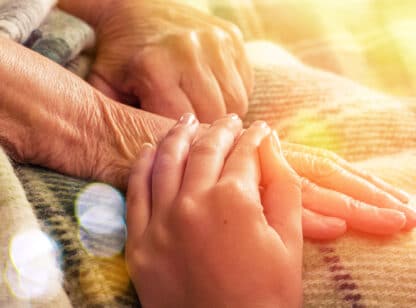
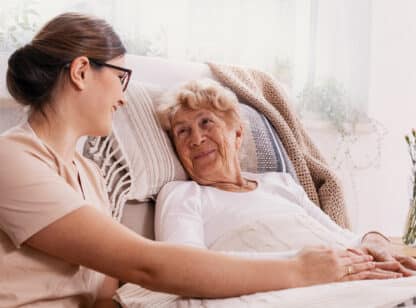





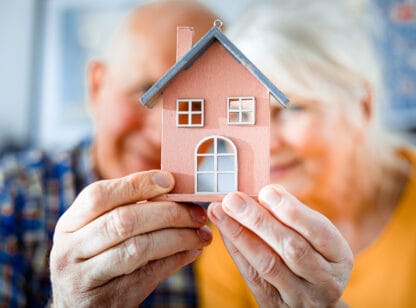




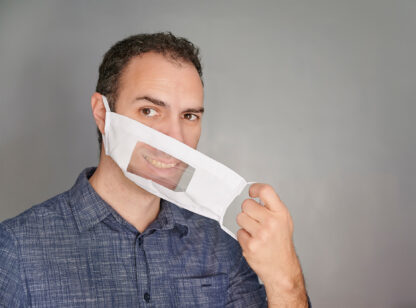




















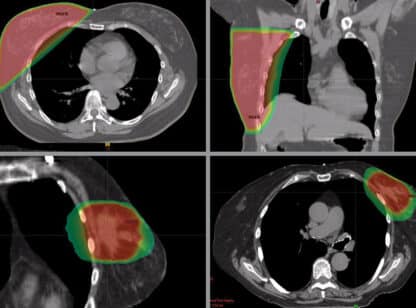



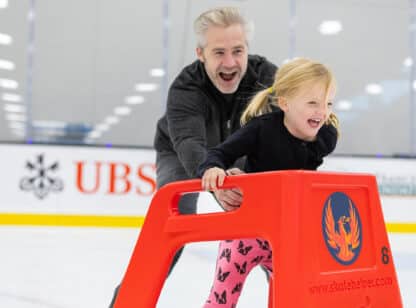




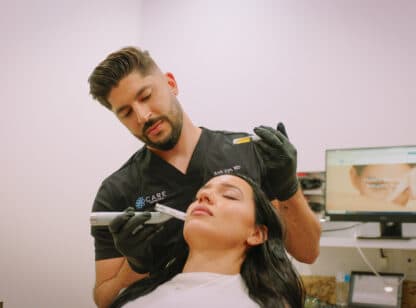
Comments (0)